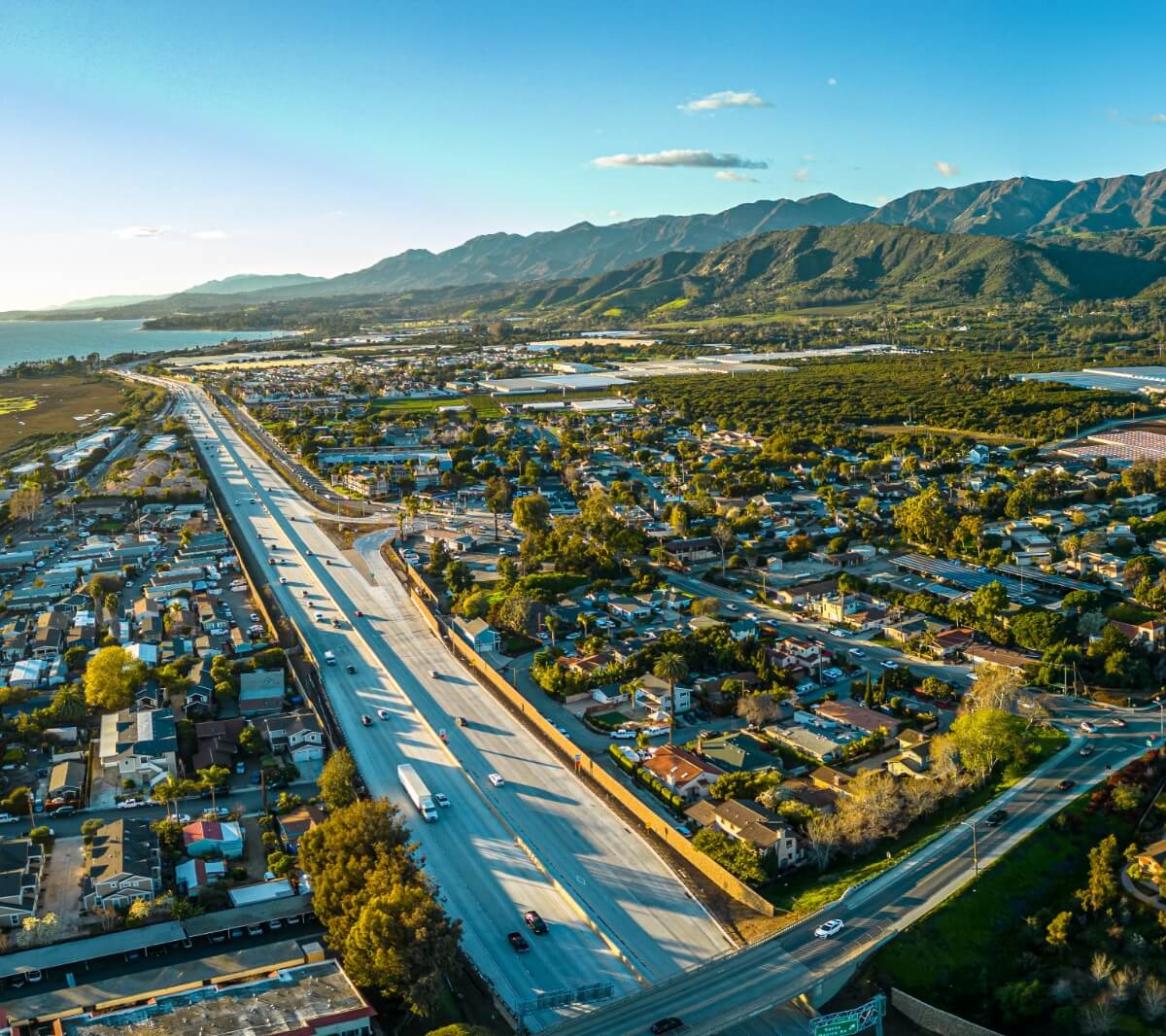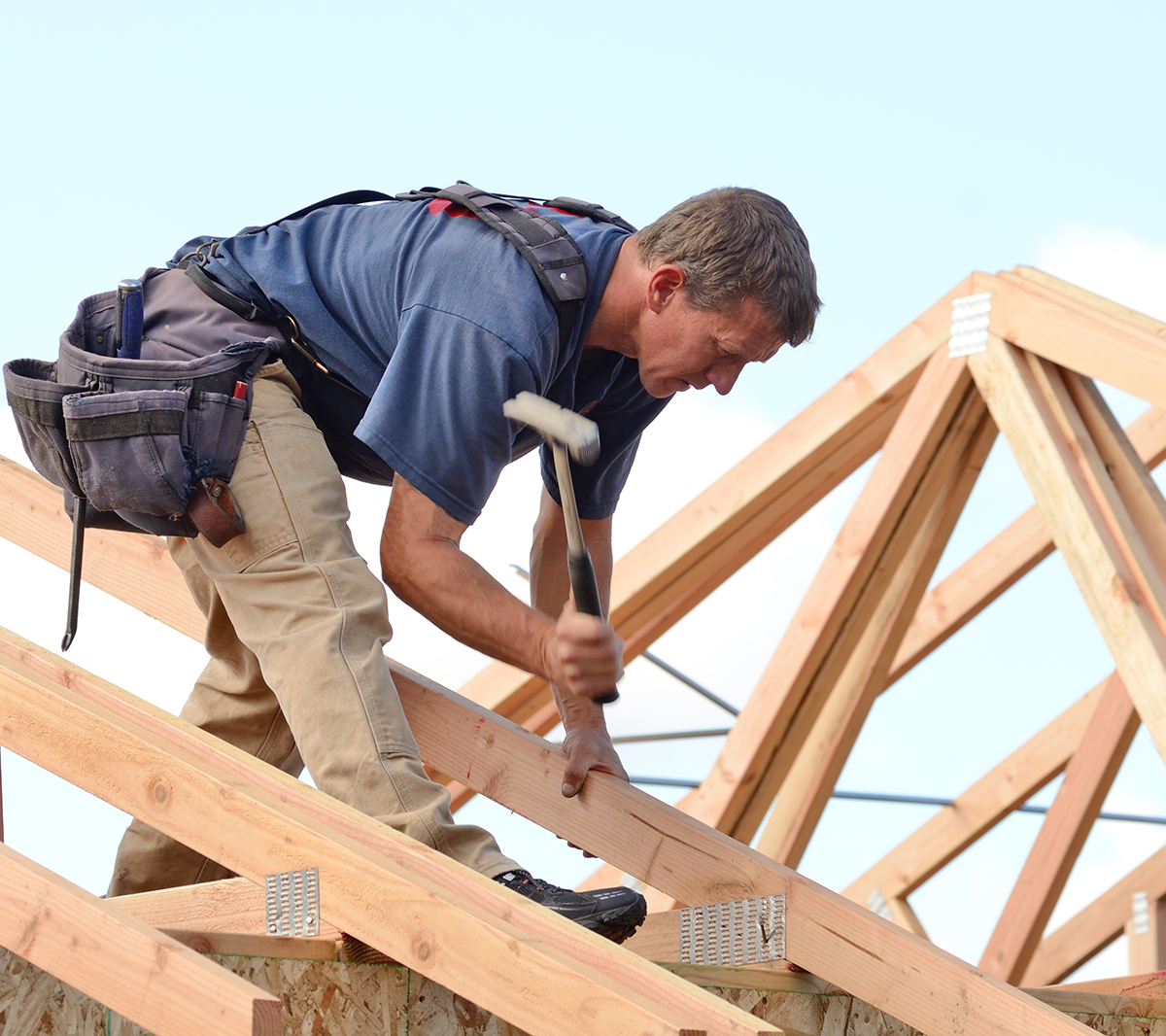Housing the workforce is a key building block of economic activity and job growth, as well as a thriving community and desirable quality of life.
And yet, regional housing production has not kept pace with community needs, leading to a gap that has fueled the Central Coast’s affordability crisis and eroded economic resilience.
REACH is collaborating urgently across business, government, nonprofits and education to enable a range of housing options so that workers and families can put down roots and both contribute to and benefit from our shared future.
By embracing new momentum and tools in a systematic and collaborative way, our region can enable the housing our families, workforce and economy desperately need.

What we're doing
Focused action to drive near-term wins and progress
1.
Spur regional coalitions to advance a range of housing options by leading and/or supporting efforts to unite community stakeholders around important workforce housing projects
2.
Secure investment in critical supporting infrastructure by collaborating with jurisdictions and developers to prioritize and spur funding for infrastructure—such as roads, water, sewer, and broadband—that enables cost-effective home construction
3.
Expand programs enabling the workforce to access homes by exploring opportunities to launch or scale programs such as down payment assistance and employer-sponsored housing
4.
Launch pilot program to redevelop surplus public property by partnering with school districts and public agencies to develop a portfolio of opportunities to build housing on underutilized property
5.
Cultivate private-sector leadership and collaboration with public sector by regularly convening a Building Design and Construction industry council to identify trends, share best practices, and pursue innovative solutions
6.
Map and track workforce housing opportunities by maintaining a real-time dashboard of proposed and potential projects to support advocacy and investment
SYSTEM CHANGES
Broad-based activity to achieve the longer-term structural shifts, institutional alignment and cross-sector consensus needed to succeed
Culture of regional collaboration
A regional mindest on housing and infrastructure planning and investment is essential for identifying and advancing the most impactful opportunities to address housing needs.
We are fostering the interagency planning, funding coordination, cross-sector engagement, and data-driven analysis needed to align efforts and resources.
Increased certainty and speed
Clear, predictable, and efficient timelines and requirements in the housing approval process are critical to spurring private-sector investment in housing.
We are engaging across the spectrum of stakeholders to champion best practices, streamline processes, and strengthen public-private collaboration to reduce delays and unlock housing development.
Adoption of new policy tools
Proactive land use, zoning reforms, creative funding mechanisms, and other policy innovations can create new opportunities to expand housing.
As communities plan for future growth, we are advocating for evaluation and adoption of the strategies with the greatest potential for our region.
Milestones + Momentum
Insights + Impact
An urgent call for more housing
Read an open letter signed by a dozen SLO County organizations, along with sentiments from local business leaders.…
Space industry growth spurs action
Cities, builders, the Space Force and US Rep. Carbajal are addressing how to accommodate growth around VSFB…
Report | Housing needs + highlights
This short white paper lays out the case for building more housing as well as recent progress…
SLO County adopts new framework
A broad-based effort yielded a systematic, shared framework for accelerating housing production across cites and communities…

Ensuring a variety of housing types is available near jobs at prices affordable to the region’s workforce

Prioritizing investment in the underlying infrastructure—roads, water and wastewater—that enables builders to construct new homes where it is most cost effective

Engaging builders and developers—the ones who actually build homes—in the planning process

Aligning regional strategy around a two-county view of building opportunities

Ensuring a sustainable quality of life with sufficient housing to meet the needs of the community
01 Workforce focused

Ensuring a variety of housing types is available near jobs at prices affordable to the region’s workforce
02 Infrastructure

Prioritizing investment in the underlying infrastructure—roads, water and wastewater—that enables builders to construct new homes where it is most cost effective
03 Private-sector involvement

Engaging builders and developers—the ones who actually build homes—in the planning process
04 Regional approach

Aligning regional strategy around a two-county view of building opportunities
05 Quality of life

Ensuring a sustainable quality of life with sufficient housing to meet the needs of the community